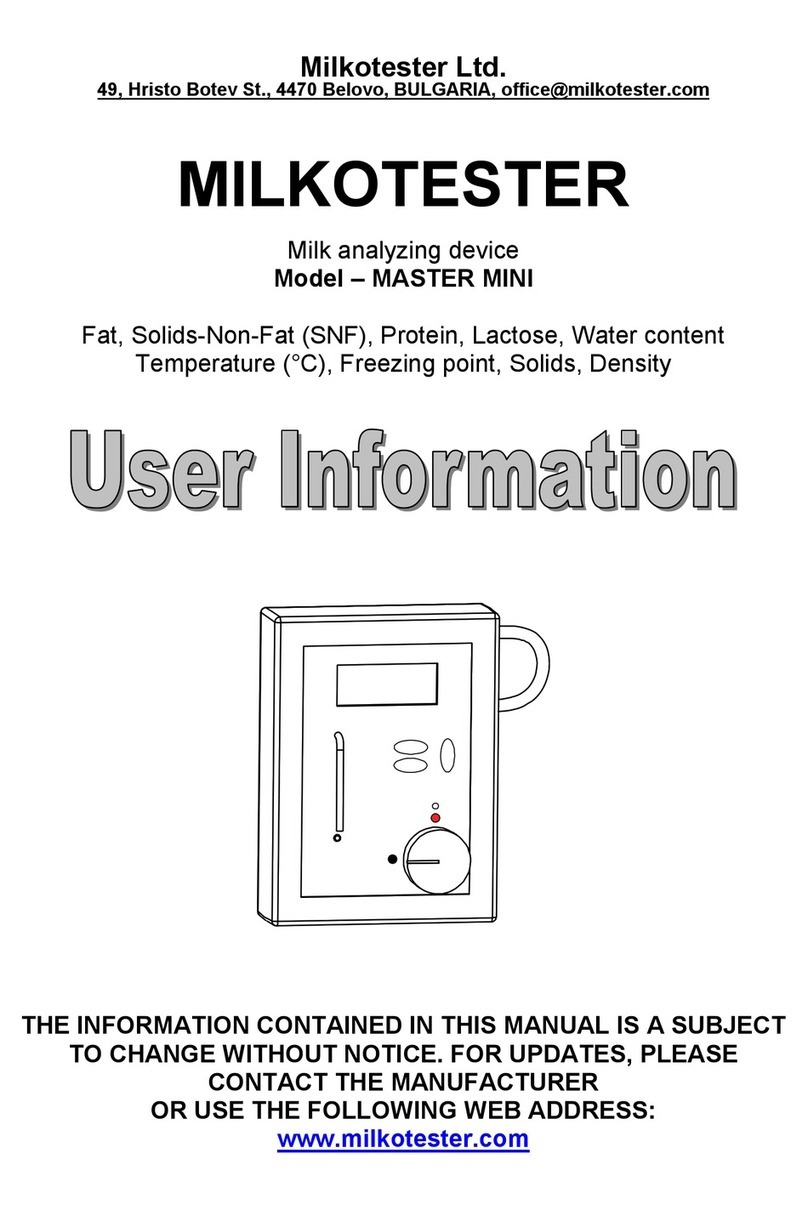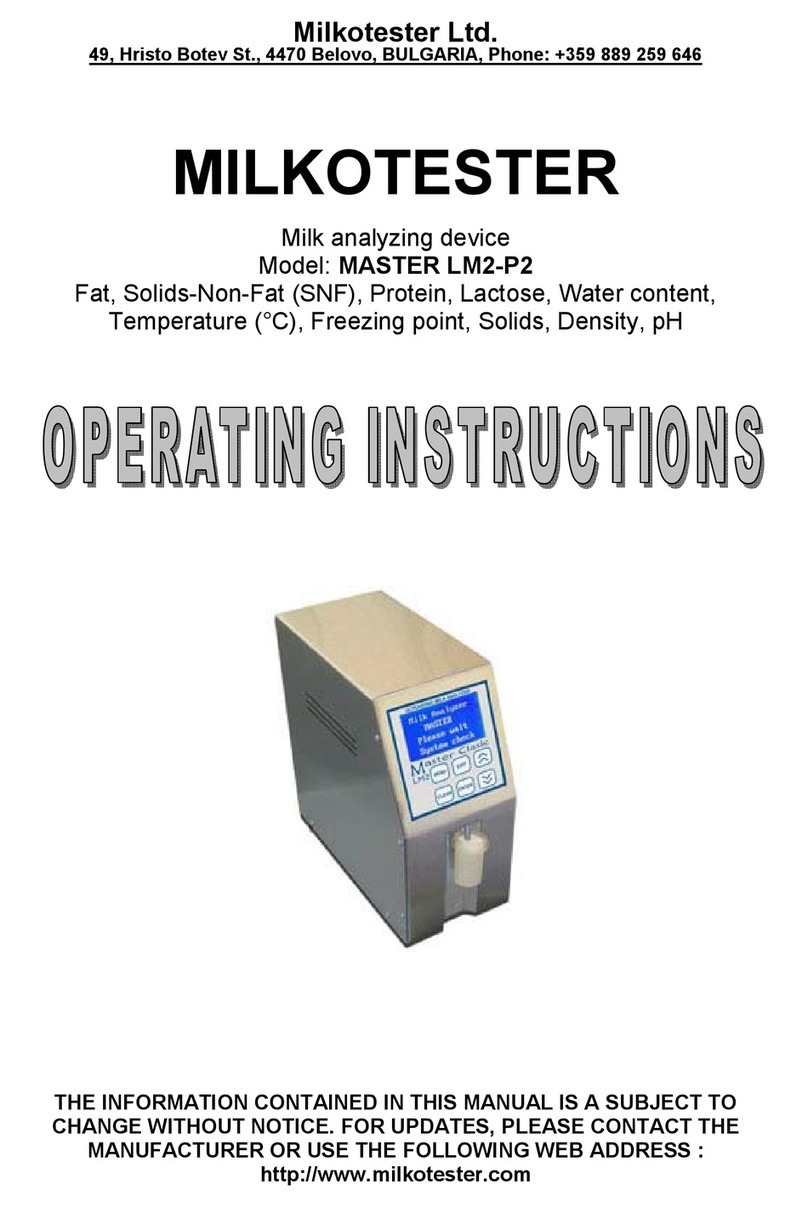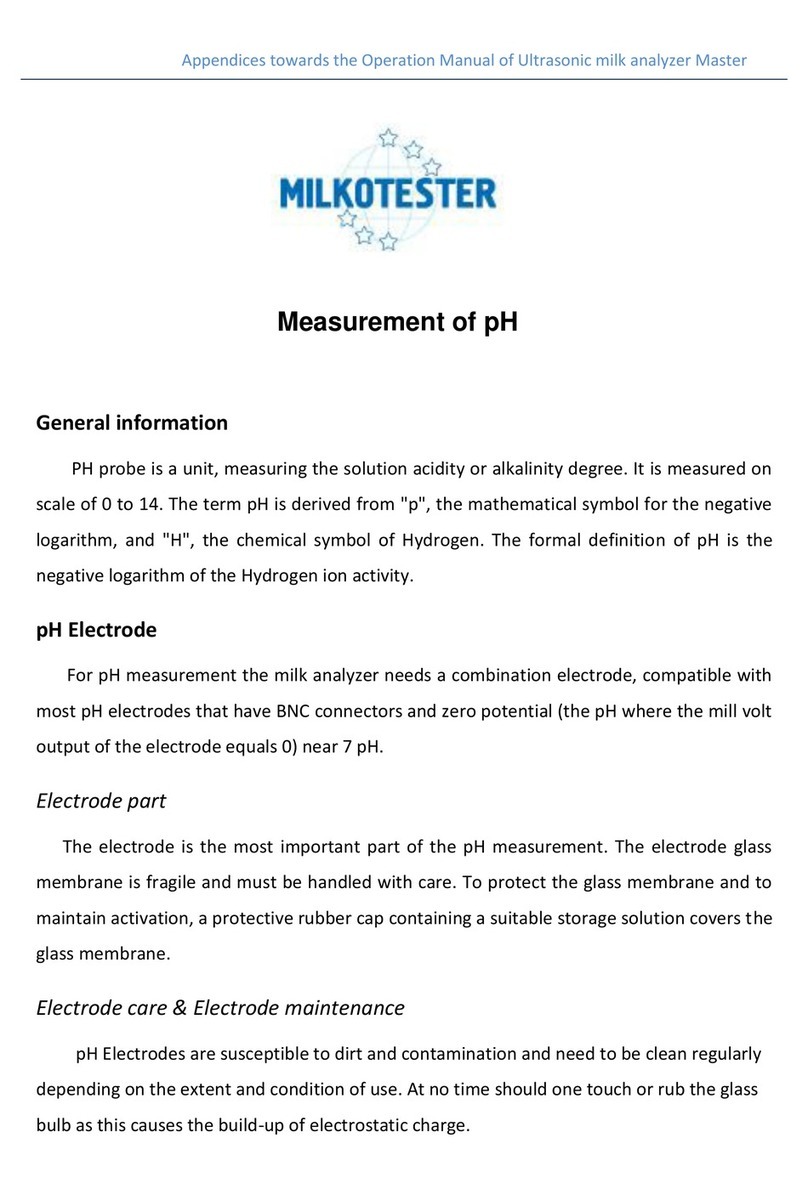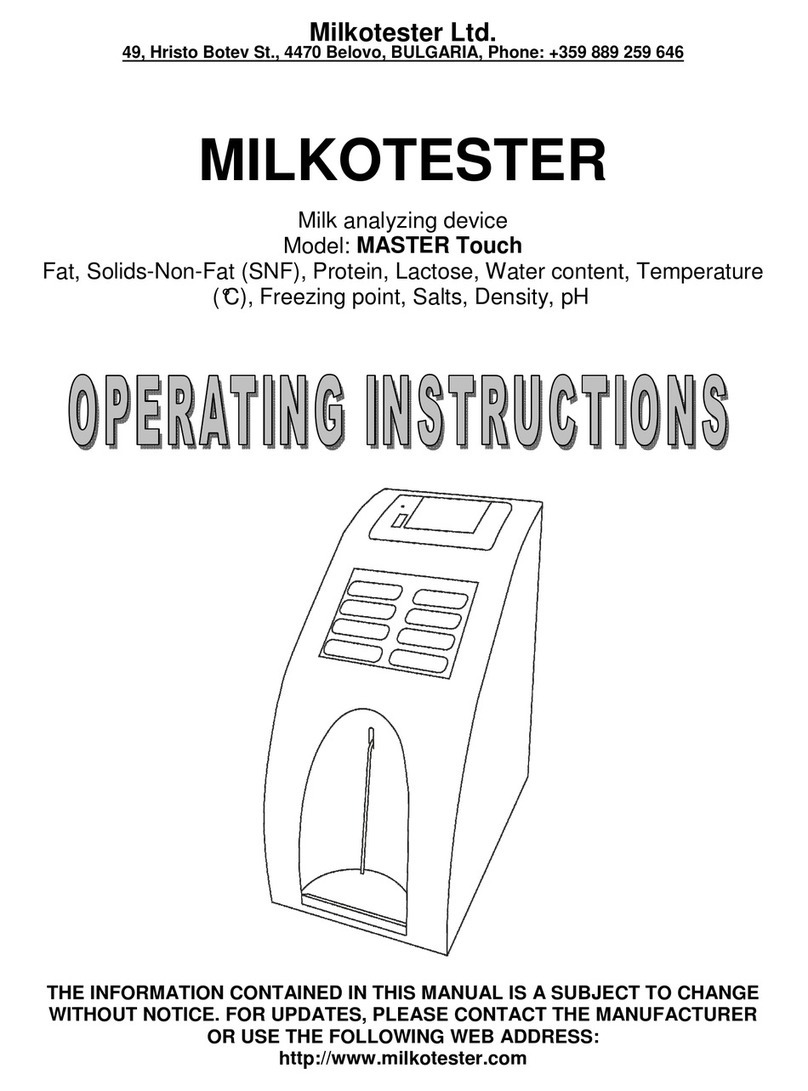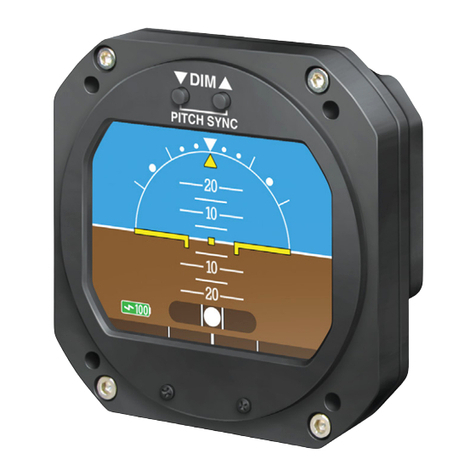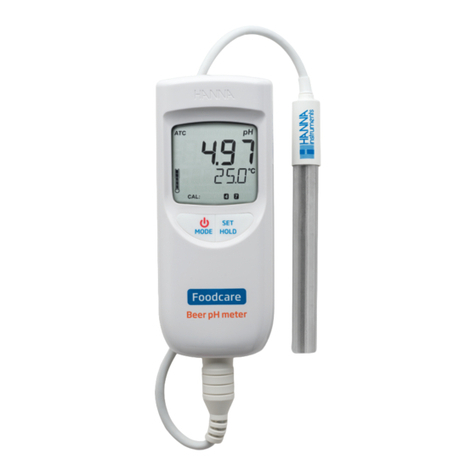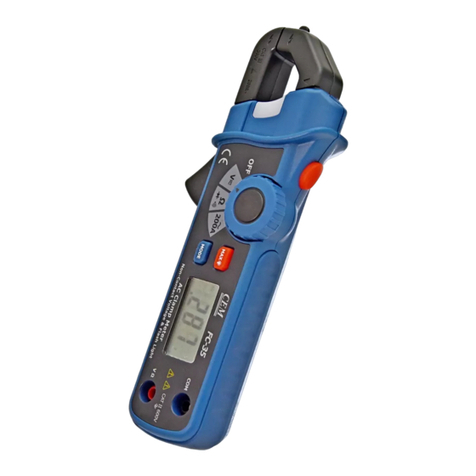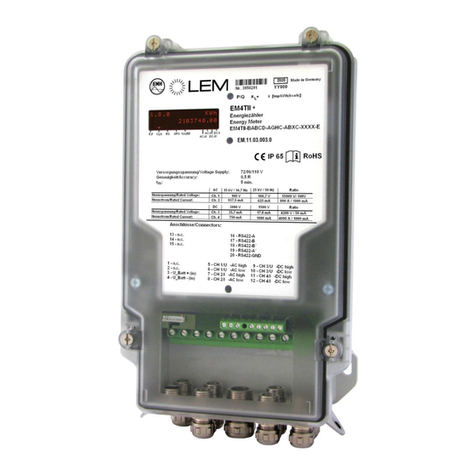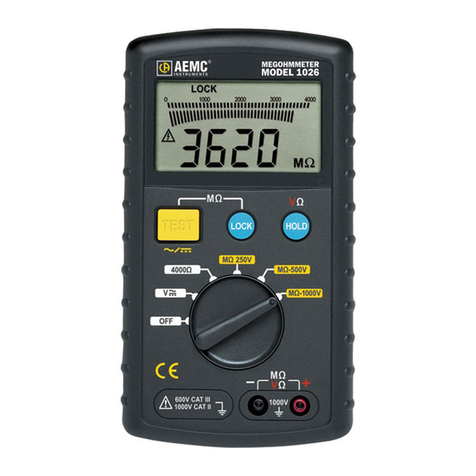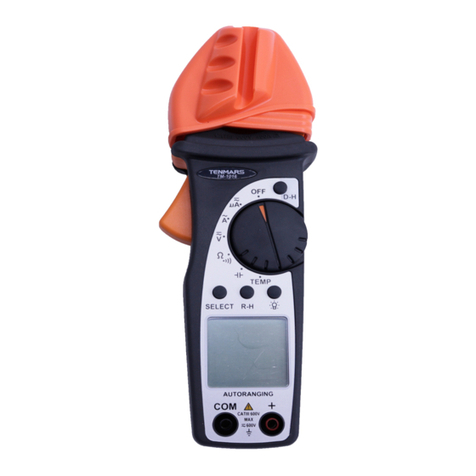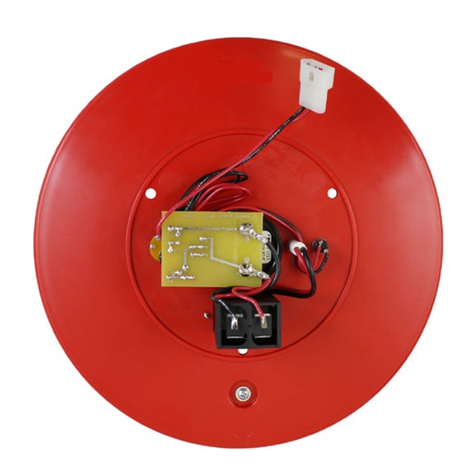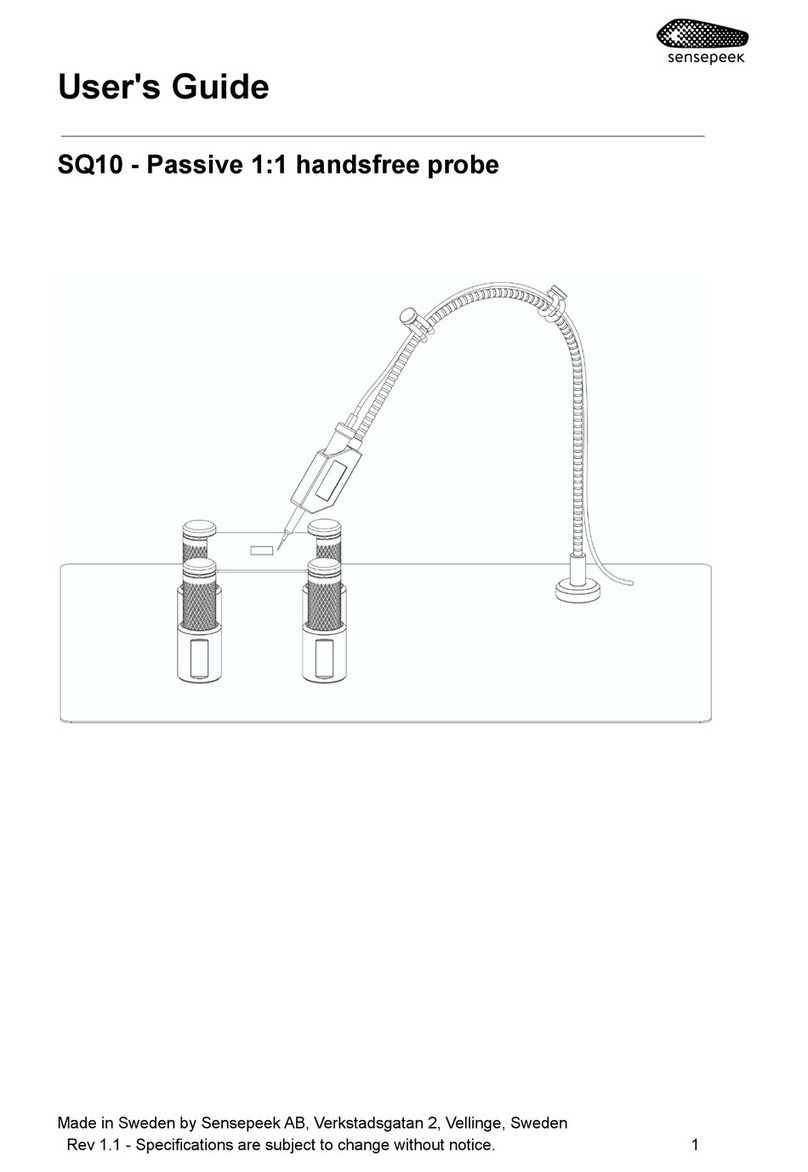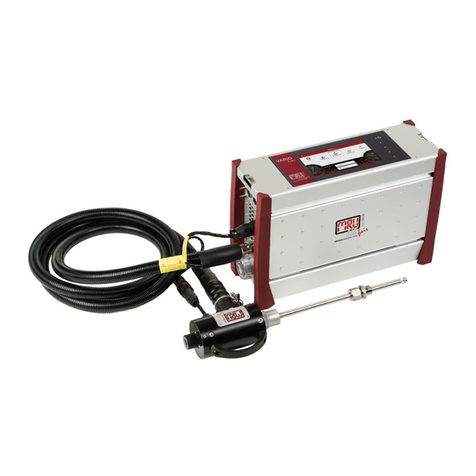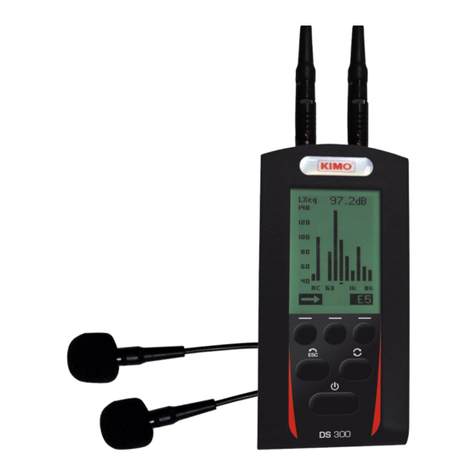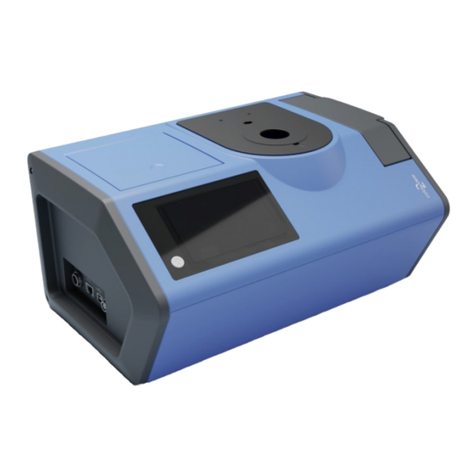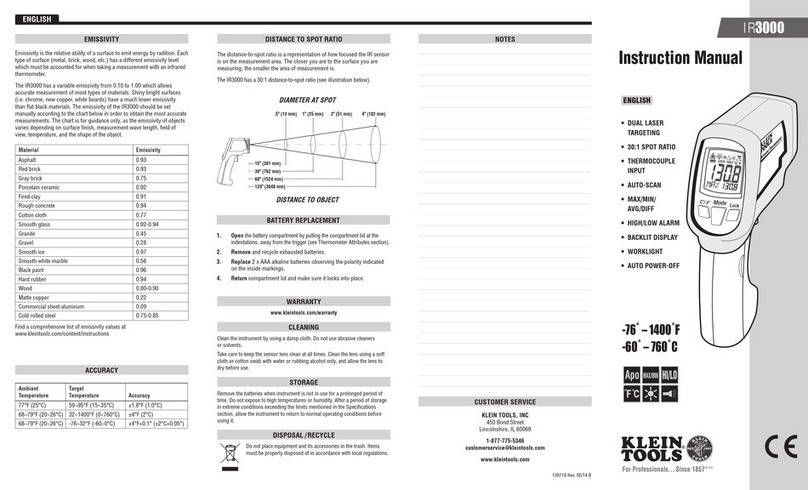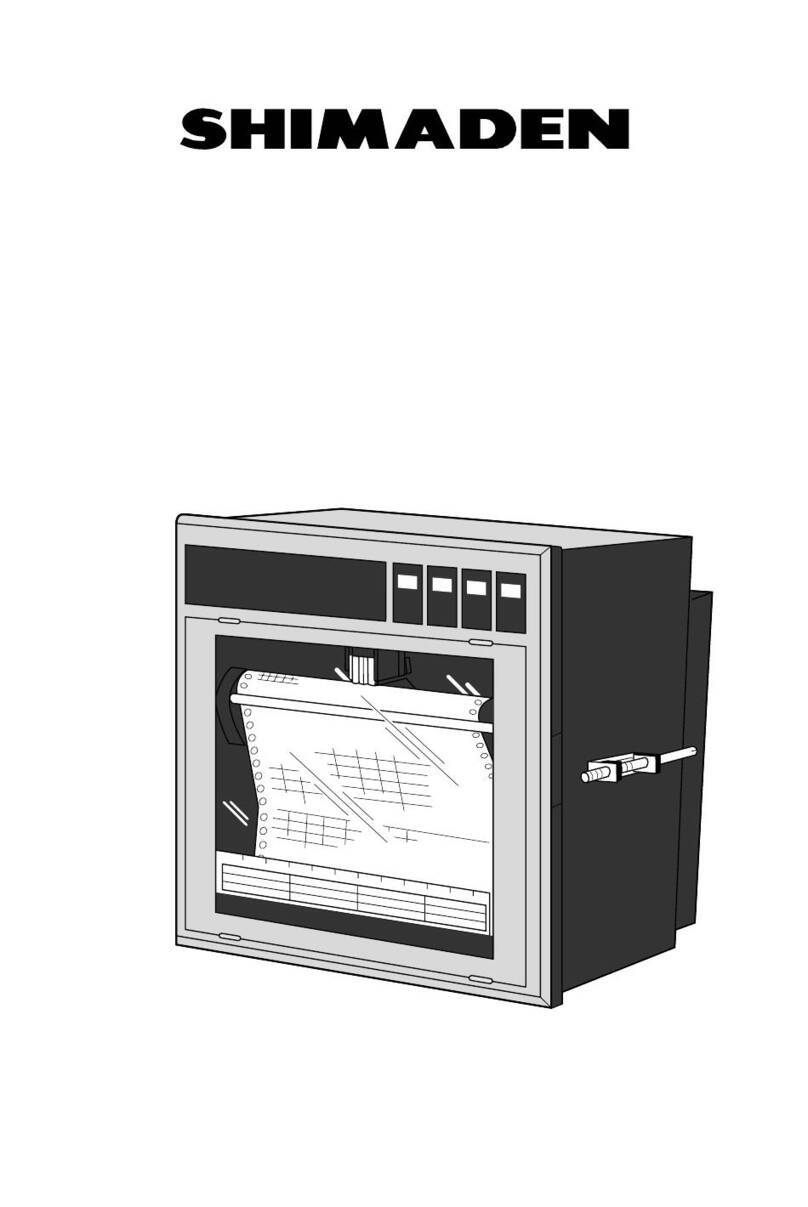Milkotester Master Pro User manual

MILKOTESTER
MILK ANALYZING DEVICE
Service manual: MASTER PRO
P1 and P2 included
Fat, Solids-Non-Fat (SNF), Protein, Lactose, Water content,
Temperature (°C), Freezing point, Salts, Density, pH
THE INFORMATION CONTAINED IN THIS MANUAL IS A SUBJECT TO CHANGE
WITHOUT NOTICE. FOR UPDATES, PLEASE CONTACT THE MANUFACTURER
OR USE THE FOLLOWING WEB ADDRESS:
http://www.milkotester.com

Milkotester Ltd
Ultrasonic milk analyzers
2 Operating Instructions Master Pro
Safety recommendations :
•Read carefully and make sure you understand all the
instructions.
•After initially turning ON the device do recommend 3-4 cycles of
"Clean"
•Place the device on a leveled and stable surface. If it falls or is
severely shocked its functional systems may be damaged.
•When plugging the device into the electrical outlet, put away
the power cord so it does not stay in the way when accessing
the device and cannot be stepped on.
•Do not disassemble the device in order to avoid possible
electrical shock. In case of malfunction contact your local
dealer.
•Handle the liquids the device works with carefully, following all
the instructions for their preparation.
CAUTION!
This device operates on 100-250V. In order to avoid electrical
shock or to prevent the unit from damage
DO NOT REMOVE the cover!
Please follow the instructions in this manual!

Milkotester Ltd
Ultrasonic milk analyzers
3 Operating Instructions Master Pro
Table of contents
1. General description………………………………………………………4
2. Close-up view…………………………………………………………….5
2.1 Front panel………………………………………………………………5
2.2 Display…………………………………………………………………...6
2.3 Rear Panel………………………………………………………………7
3. Samples preparation…………………………………………………….9
4. Working description…………………………………………………….11
4.1 Preparing the device………………………………………………….11
4.2 Measuring samples………...…………………………………………12
4.3 Making corrections…………………………………………………….14
5. Determination of the milk and Calibration……………………………18
5.1 Representative samples from milk and other milk
derivatives for milk analyzer’s calibration…………………………………….18
5.1.1 General………………….……………………………………………18
5.1.2 Necessary quality parameters values determination……………19
5.1.3 Advisable scheme for independently determination the
content of different parameters in milk and its derivatives………………....24
5.2 Calibration………………………….…………………………………..27
6. Settings and options…...………….……………………………………32
6.1 Settings, options and memory……………………………………….32
6.2 Measurement of pH……………….…………………………………..34
6.5 Thermometer…………………………………………………………..40
6.3 Measurement of Conductivity….….………………………………….41
6.4 Method of determination and calibration..…………………………..42
7. Cleaning and maintenance…….………………………………………43
7.1 Routine cleaning………………….……………………………………43
7.2 Complete flushing...…………….……………………………………..44
7.3 Weekly cleaning……...………….…………………………………….44
7.4 Peristaltic pump service...……….……………………………………46
8. Troubleshooting…….…………………………………………………..47
9. Technical specifications…..……………………………………………48
Appendix Freezing point determination….……………………………..50
Appendix internal printer…………………….……………………………53
Connecting to external printer……………..……………………………..54
PC connection…………….……………………………………………….55
Bluetooth.….………….……………………………………………………57
Flash drive….…………………………..…………………………….…...60
Warranty card……….……………………………………………...….....63

Milkotester Ltd
Ultrasonic milk analyzers
4 Operating Instructions Master Pro
MILKOTESTER MASTER is designed for percentage analysis of
Fat, Solids-Non-Fat (SNF), Protein, Lactose, Water content, Temperature
(°C), Freezing point, Salts, Density and pH. Тhis components can all be
measured at the same time. The device measures cow milk, sheep milk,
buffalo milk, camel milk, lama milk, restored milk, UHT, cream, whey and
buttermilk.
The factory preset is for cow milk, sheep milk and UHT. Upon user’s
request the device can be calibrated for any of the above mentioned types
of milk.
The device has a compact design with a robust structure and a user-
friendly interface. Most importantly, the one-button operation is extremely
simple – you press only once to start measuring, you press only once for
cleaning. Master PRO can analyze three types of milk defined by user.
The measurement speed is 50 samples per hour with cleaning included.
The samples are precisely dosed and small quantities are required – the
sample volume is 25 cm³. No thermal or mechanical treatment of the
samples before analysis is necessary. No use of chemical reagents is
required. The working conditions are as follows – temperatures from 5° to
35 °C, HR from 30% to 80%.
With regard to the “moisture problem” which remains of much
significance the front panel of the device is designed to operate when with
wet hands. In addition to this Master PRO, Milkotester LTD provides one
year full warranty.
1General description
CHAPTER ONE

Milkotester Ltd
Ultrasonic milk analyzers
5 Operating Instructions Master Pro
2.1 Front panel
1 – Intake pipette
2 – Sample cup
2
Close-up view
IN THIS CHAPTER
Front panel
Display
Rear panel
CHAPTER TWO
1
2

Milkotester Ltd
Ultrasonic milk analyzers
6 Operating Instructions Master Pro
Close-up view
2.2 Display
1 – LCD
2 – Arrow UP button
3 – Arrow DOWN button
4 – ENTER button
5 – EXIT button
6 – MENU button
7 – CLEAN button
8 – pH measurement (active only on request)
9 – SAVE button
10 – PRINT button
1
2
3
4
5
6
7
8
10
9

Milkotester Ltd
Ultrasonic milk analyzers
7 Operating Instructions Master Pro
2.3. Rear Panel
2.3.1 Rear panel Master Pro – P1
1 – Serial port to printer
2 – Serial port PC
3 – pH connector(option)
4 – Power switch
5 – Power ‘IN’ socket 12V DC
p
c
P
O
W
E
R
1
4
3
2
5

Milkotester Ltd
Ultrasonic milk analyzers
8 Operating Instructions Master Pro
2.3.2 Rear Panel Master Pro – P2
1 – Serial port to printer
2 – Serial port to PC
3 – pH connector (option)
4 – Power switch
5 – Power ‘IN’ socket 12V DC
6 – Input Detergent Output Waste
p
c
P
O
W
E
R
Pay attention to the pipes in both
reservoirs. The pipe in the
reservoir with the cleaning
solution has to be well dipped in
the cleaning s
olution while the
pipe in the reservoir with the
already used samples and
cleaning solution MUST NOT
be dipped in the liquid.
1
7
2
3
4
6
5
6

Milkotester Ltd
Ultrasonic milk analyzers
9 Operating Instructions Master Pro
In order that most accurate results are obtained it is important that
the milk be kept for 2 hours after milking and stirred well before being used
for sample material. A good way to stir up the milk is to pour it several
times out of one vessel into another and back. Before analysis the
samples have to be filtered in order to be free from foreign fragments. Milk
samples should be 5-35 °C. Full cream samples containing fat over 10%
should be heated up to 42-43 °C and then cooled to 25-30 °C. If the
sample temperature is over 36 °C the message “Sample overheated” will
appear on the display. Use milk samples only once and do not return it to
the vessel. Samples can be kept for a maximum of 2 days if they are
stored at a temperature not exceeding 5 °С.
Milk stirring
It is a very important condition for receiving exact results. Before
taking samples from big vessels the milk (fresh or thermally treated,
whole-milk or whipped) has to be well stirred for no less than 5 min., by
vertical and circular slow movements. Mixing spoon with long handle is
used, allowing the lowest layers of the liquid to be reached. The milk in the
milk-cans is stirred 5 to 8 times from the surface to the bottom and reverse
with slow circular movements.
3Samples preparation
CHAPTER THREE

Milkotester Ltd
Ultrasonic milk analyzers
10 Operating Instructions Master Pro
Sample preservation
The vessels where the samples will be put have to be clean, dry,
glass, metal or from other suitable material, to be tightly closed with rubber
or other stopples. The stopples not to absorb water and fat and not to
influence the analyses sample content.
In summer the sample fills up to the top the vessel, but in winter – at
least 3/4 from the vessel’s volume. Each sample for analyses has to be
labeled and described in a way not allowing to be mixed up.
The samples are stored in conditions, assuring temperature,
corresponding to the requirements for storing such kind of product
(advisable – 1 °С).
If there is a need of longer sample storing they have to be
preserved; the most commonly used preservative is potassium bichromate
(K2Cr2O7) - 1 g for 1 000 ml. The samples have to be stored in a cold and
dark place after the preservation. Have in mind that during the analyses
the results for SNF% will be increased with 0,1 %. After adding the
preservative the sample has to be well stirred.
Preparing the samples for analyses
Milk – raw and thermally treated
When examining samples taken immediately before analyses and
shortly stored, the milk is poured several times from vessel to vessel in
order to distribute the fat content uniformly. To avoid foam formation or
separation of milk fat, the samples have to be carefully poured using the
walls of the vessels, as they are tilted slightly. For a better mixing the
sample it has to be poured at least 3 times. When needed the same is
tempered to the temperature within the measuring range.
If there is fat stuck on the walls of the vessel and the stopple (when
the samples were stored for a long time), the milk has to be slowly heated
up to 35-40 °С. At the same time it has to be slowly shaken. The cream,
stuck to the walls of the vessel is removed. The sample is poured several
times and is cooled down (advisable up to 20°С).
If there is separated liquefied fat or white particles with irregular form on
the vessel’s walls reliable results could not be expected.
Do not make analyses if the acidity of the milk is more than 17oT

Milkotester Ltd
Ultrasonic milk analyzers
11 Operating Instructions Master Pro
PREPARING THE DEVICE
1. Place the device on a horizontal and stable surface.
Caution: Any sources of hot or cold air can influence the
accuracy of the measurements.
2. Connect the power cord 12V DC to the power socket on the rear
panel of the unit and plug it into the electrical outlet (the outlet has to
be grounded, see “Important Safety Instructions”.
3. Turn ON the POWER switch and MILKOTESTER MASTER will be
ready for use. Before proceeding with using the unit, please read
and follow the rest of the instructions in this chapter!
Powering by an external 12V DC power source
Milk analyzer MASTER can be used in places where no regular electrical
supply is available, MILKOTESTER MASTER can be powered by your car
battery or other 12V DC external power sources.
IN THIS CHAPTER
Preparing the device
Measuring samples
Corrections
4
Working description
CHAPTER FOUR

Milkotester Ltd
Ultrasonic milk analyzers
12 Operating Instructions Master Pro
Milk analyzer MASTER has provided a cable suitable for this
purpose. To use this option, follow the procedure described below:
1. Unplug the 12V DC power cable from the socket on the rear
panel of the unit and then from the electrical outlet.
2. Connect the supplied power cord 12V DC to the Power-in
socket 12V DC socket on the rear panel of the unit and plug the
other end of the cable into the electrical lighter socket inside your
vehicle.
3. The device will be turned on immediately. After starting the unit
goes into system check service menu and will be ready for
analyses in about 5 minutes.
NOTE:
If the unit does not start up after it is connected to the power source, check
the fuse inside the connector plugged into the electrical lighter socket.
4.2 MEASURING SAMPLES
After MILKOTESTER MASTER is turned ON from the POWER
switch, the display reads first:
Followed by:
You can choose among three types of milk at a time,
(upon user’s request the device can be calibrated for any
other types of milk).
Milk Analyzer
MASTER
Please Wait
System prepare
>Cow Milk
Sheep Milk
UHT Milk
12:00 01/01/17

Milkotester Ltd
Ultrasonic milk analyzers
13 Operating Instructions Master Pro
Place the cup with the milk sample. Place a second milk sample
under the pH probe (the automatic service menu for pH measurement
must be turned on). When you choose the desired type you use the ↑↓
(UP and DOWN) arrow buttons, and then press ENTER to activate
analyzing.
The following text will appear:
In about 60sec. the results of analyzing will appear on the display as
follows:
Where:
F is for Fat
S is for Solids-Non-Fat (SNF)
D is for Density
Fp is for Freezing point
P is for Protein
L is for Lactose
Sl is for Salts
W is for Added water.
In 10 seconds you can check the result of the pH sample by pressing the
Down button. (active only on request)
Page1 The results will be printed immediately after
they are ready.
By choosing the ENTER button you can start
measuring anew.
Measuring…
Cow milk
Temp. 20 C
Please Wait…
F=xx.xx P=xx.xx
S=xx.xx L=xx.xx
D=xx.xx Sl=xx.xx
Fp- x.xxx W=xx.xx
F=xx.xx P=xx.xx
S=xx.xx L=xx.xx
D=xx.xx Sl=xx.xx
Fp=x.xxx W=xx.xx
↓

Milkotester Ltd
Ultrasonic milk analyzers
14 Operating Instructions Master Pro
Page2 By choosing the EXIT button you can start from
the very beginning and choose to analyze
another type of milk.
When finished analyzing the instrument issues a beep sound,
returns the analyzed sample material back into the cup, and the values of
all measured components appear on the display. If the unit is connected to
the printer all results will be automatically printed out.
At this point the sample cup can be removed from under the pipette.
The instrument will continue to show the measured values until a new
analysis is initiated.
WARNING!
Make sure that the instrument is at rest during analysis. Any shaking of the
device will cause inaccurate results.
NOTE:
Due to the possible presence of water inside the flow system left from the
last flushing procedure, we recommend that you do not take into account
the first analysis after flushing if they appear inaccurate. To prevent or
reduce this inaccuracy due to water in the system, please refer to chapter
“Cleaning and Maintenance”.
To access the menu, press the MENU button. The range of functions
is grouped into submenus. Scroll through the menu to select the one that
you need and then select the settings you need to make. Press ENTER to
activate them. Press EXIT to keep the previous settings.
4.3 MAKING CORRECTIONS
In the process of work with the analyzer there is a possibility the
results to start differing between the data for some of the measuring
parameters when measured with the milk analyzer and the corresponding
reference method of analyses (Gerber for fat, Kjeldahl for proteins etc). In
order to establish the possible discrepancy and to correct the readings of
the milk analyzer do the following:
Temp. xx.xx
pH = xx.xx
Co = xx.xx

Milkotester Ltd
Ultrasonic milk analyzers
15 Operating Instructions Master Pro
Taking samples and preparation of samples for checking the
accuracy of the milk analyzer, making corrections and recalibration
This is a basic moment for the correct checking the accuracy of the
analyzer and for making correct and precise correction and calibration. It is
accomplished according Appendix Taking and preparation of samples for
checking correctness of the milk analyzer, making corrections and
recalibration.
Determination the type of the discrepancy:
Making measurements
Make measurements with different samples (not less than 3) with
known values of a separate parameter (for example fat content),
determined by the known reference methods of analyses (for example
Gerber's method for determination of fat content). For more accuracy it is
recommended among these samples to be also such with values, close to
the lowest and highest bounds for the measured parameters.
Make 5-time measurement for each of the samples. Calculate the average
value for each sample parameter, without taking into consideration the first
measurement for each sample.
Analyzing the measurement results
Make comparison between the values of the parameter from the
reference sample and measured with the analyzer. Make analyses of the
difference received.
If the received differences are relatively constant value for samples
with different content of the analyzed parameter, it is necessary to make
correction.
For example
М% of the reference samples: 2,20 3,00 3,80 4,60 5,20
М% average when measuring
with the analyzer: 2,38 3,17 4,01 4,79 5,42
Difference: 0,18 0,17 0,21 0,19 0,22

Milkotester Ltd
Ultrasonic milk analyzers
16 Operating Instructions Master Pro
Conclusion: the difference is relatively constant value and correction
is possible to be done with – 0,2 %
If the differences are not a constant value it is necessary
recalibration to be done.
For example.
М% of the reference samples: 2,20 3,00 3,80 4,60 5,20
М% when measured with the
analyzer: 2,02 2,93 3,76 4,75 5,44
Difference: -0,18 -0,07 -0,04 0,15 0,24
Conclusion: It is obvious that the difference is variable value and
recalibration has to be done.
MENU
To select Service menu, System or Settings use the ↑↓ (up and
down) arrows and press ENTER.
MENU > Service menu
Default password is 00000.
Service menu
System
Settings
Memory
Enter password
00000
Correction
Calibration
Security
Res. d. point

Milkotester Ltd
Ultrasonic milk analyzers
17 Operating Instructions Master Pro
Correction
Example:
MENU > Service menu > Correction > Cow milk > Fat.
In Submenu Service menu Use the ↑↓ (up and down) arrows and
press ENTER to select Correction, Calibration, Back up or Restore.
If you choose correction and press ENTER, then use the ↑↓ (up and
down) arrows and press ENTER to select the type of milk.
After choosing the type of milk use the ↑↓ (up and down) arrows and
press ENTER to choose a component for correction (mind that there are 2
(two) pages of components thus scroll up and down).
Press the ↑↓ (up and down) arrows to correct the value with 0.01.
Press ENTER to validate the correction or EXIT to keep the previous
value.
Cow Milk
Sheep Milk
UHT Milk
Temperature
Fat
SNF
Density
Protein
Lactose
Salts
Water
Correction
Of Fat
0.01

Milkotester Ltd
Ultrasonic milk analyzers
18 Operating Instructions Master Pro
IN THIS CHAPTER
Representative samples from milk and other milk derivatives for calibration
General
Necessary quality parameters values determination
Advisable scheme for independently determination the content of the milk
Calibration
5.1 Representative samples from milk and other milk
derivatives for milk analyzer’s calibration
5.1.1. General
The samples used for analyzer’s calibration have to be
representative for the corresponding milk type and have to be with known
quality parameters: fat in percentage, SNF in percentage, density, lactose
in percentage, total protein in percentage and salts in percentage.
Changes in the analyzed parameters in the samples, have, if possible, to
cover the whole measuring range – i.e. used samples to be with low and
high content of the analyzed components.
5
Determination of the milk
and calibration
CHAPTER FIVE

Milkotester Ltd
Ultrasonic milk analyzers
19 Operating Instructions Master Pro
Milk with high and low fat is used for auto calibration of milk
analyzer.
The exact value of the parameters is decisive for correct and accurate
calibration, because if the parameters are not set correctly during
calibration the same parameter will not be measured correctly.
5.1.2. Necessary quality parameters values determination
For more precise determination of above listed quality parameters of
the milk and its derivatives is advisable they to be examined in an
authorized laboratories, using the corresponding arbitration methods for
this purpose.
5.1.2.1. Laboratory methods
5.1.2.1.1 Determination of fat content
Determination of fat content in the milk and its derivatives (cream,
whey, buttered milk) is one of the most important analyses in the dairy
production and milk processing. According this parameter the payment
schemes are made and it is observed from the point of view correct
production process and the basic economy balances are made with its
help.
А/ Röse-Gottlieb method
The fat content is determined using the gravimetric method, fat
extraction from ammonia-alcohol milk solution using diethyl and petroleum
ether, evaporation of the solvent and weighting the residuum.
Milk
After 12 hours
the milk is
divided into
equal parts.
Milk with high fat
Low fat milk
not used

Milkotester Ltd
Ultrasonic milk analyzers
20 Operating Instructions Master Pro
B/ Gerber method
The proteins in the milk and dairy products are dissolved with
sulphuric acid with definite concentration in butyrometer and the fat is
separated under the influence of amyl alcohol, heating and centrifuging in
a form of dense, transparent layer. The volume of this layer is measured in
the divided part of the butyrometer.
This is quick, easy method with sufficient accuracy. We recommend
it for usage. For more detailed description see Appendix Methods.
5.1.2.1.2. Milk density determination
Density = Mass/Volume
Generally, the density for cow milk at 20°C is about 1.030 kg/l
Density results appear on display (minus 1000). So, when the density is
1.030 kg/l, on the milk analyzer display is 30.
This applies on the COW, SHEEP, BUFFALO, GOAT and UHT milk.
The formula is different for CREAM. The results appear on display (minus
980), so when the density is 32 on display, actually is 1.012 kg/l
А/ With pycnometer and Mor-Vestval scales
This is the most exact method for determination of milk and its
derivatives’ density.
B/ With aerometer (lacto-density-meter)
Compared with the above method this is quick and easy readable
with satisfactory accuracy. We recommend it. For more detailed
description see Appendix Methods.
During the lactation period and under the influence of different zoo
engineering factors the density of the different milk kinds varies in the
following bounds:
Milk kind
Minimum
Maximum
Average
Cow
1,027
1,033
1,030
Buffalo
1,026
1,032
1,029
Goat
1,027
1,033
1,030
Sheep
1,031
1,040
1,034
Table of contents
Other Milkotester Measuring Instrument manuals
